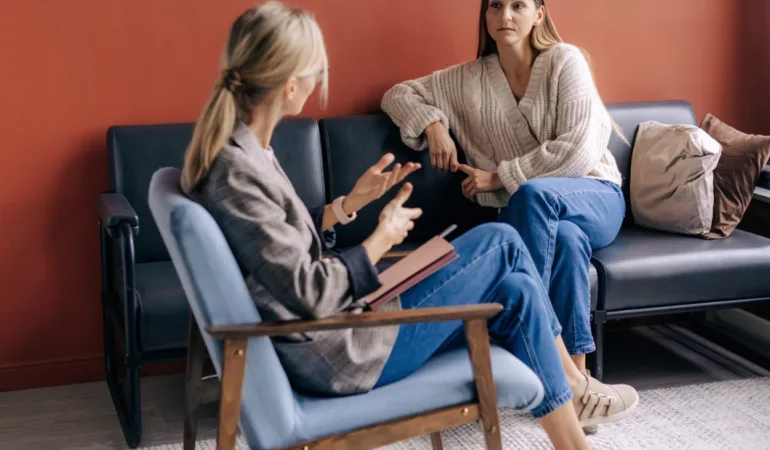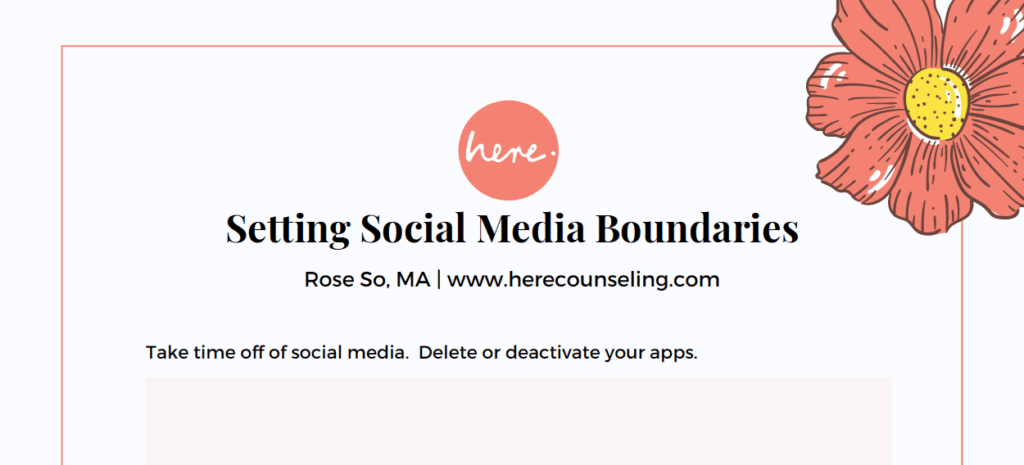Do You have ADHD? Why you need an ADHD assessment now
What is ADHD?
Attention-Deficit/Hyperactivity Disorder (ADHD) is a mental disability that is very common and has become increasingly treated and less taboo in recent years. It can impact both children and adults, interfering with development or functioning. ADHD symptoms often begin in childhood and can persist into adulthood. Struggling with ADHD with little support or treatment can contribute to negative impacts, including difficulties at school or work, strained friendships and relationships, mood swings, and low self-esteem. This blog will briefly walk you through common symptoms of ADHD, treatment options, as well as the value of psychological assessment in understanding a potential ADHD diagnosis.
ADHD symptoms generally include 3 main categories: inattention, hyperactivity, and impulsivity.
Inattention:
These symptoms include difficulty paying attention, staying on task, and being organized. Inattention may result in overlooking or missing details school, work, or other activities, which can lead to careless mistakes. Sustained attention can also be challenging at school and/or work. It can also result in starting tasks but having difficulty staying focused, thus, becoming sidetracked and not finishing the task. It may be difficult to follow instructions in order to finish a task or assignment. Keeping track of physical belongings, managing time, and meeting deadlines can also be challenging. Daily activities may often be forgotten, including chores, running errands, and keeping appointments. Inattentive symptoms can also result in being easily distracted by unrelated thoughts or outside stimuli.
Hyperactivity:
These symptoms include being extremely restless, excessive fidgeting or tapping, constantly moving (particularly in situations where that may not be appropriate), and talking too much. Hyperactivity can result in squirming and fidgeting while seated, or even leaving one’s seat in a situation during which staying seated is expected. Younger children may run around or climb things at inappropriate times. There may be a need to constantly be in motion. Playing with quiet hobbies can be challenging.
Impulsivity:
These symptoms include acting without thinking, interrupting others, and having difficulty with self-control. These symptoms may be related to a need for immediate gratification or inability to consider long-term consequences and the potential benefits of delayed gratification. It can result in answering questions before they are fully asked, speaking at inappropriate times in a conversation, and finishing other people’s sentences. Waiting can be particularly challenging, whether that’s in conversation or in a particular activity.
Some individuals with ADHD have predominantly inattentive symptoms. Others experience mostly hyperactive and impulsive symptoms. There are also some individuals who experience both inattentive and hyperactive/impulsive symptoms.
ADHD Treatment Options
Although there is no “cure” for ADHD, there are treatments that can help reduce symptoms and improve functioning. Medication and psychotherapy are treatment options that are very accessible to help address and manage ADHD symptoms. Education and training for parents can also be extremely helpful.
If a psychiatrist or a qualified primary care physician determines that you meet the criteria for an ADHD diagnosis, they may prescribe medication. Medication can help in reducing symptoms of hyperactivity and impulsivity. It can also help with increasing attention, resulting in improved ability to focus, work, and learn.
Psychiatrists prescribe several types of medication to address ADHD. It can take some time to find the right medication and right dosage. Everyone is unique and what works for the person next to you might not actually work for you. This is why it is extremely important to work ongoingly with you psychiatrist.
Doctors use two types of medication to manage ADHD: stimulants and non-stimulants
The most commonly used type medication for ADHD is stimulants. They work by increasing the levels of brain chemicals that are key in thinking and attention. Nonstimulants typically take longer to work within the body but do help with focus, attention, and impulsivity.
Other ADHD treatment options outside of medication:
Therapy can also be extremely valuable and important in the process of learning to manage ADHD symptoms. To effectively manage a child’s symptoms and enhance functioning in children and teens, parents must actively participate. Therapy provides a space for those with ADHD to learn the skills and tools needed in order to organize, manage, and complete tasks. It can also provide a space to help understand the feelings and thoughts behind impulsive symptoms and to learn how to adjust one’s behaviors. Becoming more aware of one’s thoughts and feelings can also improve focus and sustaining concentration. In therapy, individuals can learn interpersonal and social skills, which helps reduce symptoms associated with hyperactivity and impulsivity.
Parental involvement in a child’s therapy is also extremely important. It gives parents a chance to resolve their feelings associated with their child’s symptoms. It also gives the therapist a chance to educate the parents/family on the impacts of ADHD, and the tools the child needs. Additionally, It provides an opportunity for parents and family members to learn new ways to engage with the ADHD symptoms and behaviors in order to improve quality of life for everyone involved and being impacted by the symptoms.

What is an ADHD assessment and why might it be helpful?
A psychological assessment is a structured way of assessing an individual’s ongoing symptoms and the severity of those ongoing symptoms. It can provide an individual with much greater understanding of their experiences, which can provide significant relief. An ADHD assessment specifically can illuminate specific strengths and growth areas that an individual with ADHD has. Psychologists can use this information to inform the therapeutic process.
Additionally, ADHD assessments open up the possibility of receiving school and work-related accommodations. For children, it may qualify them for an Individualized Education Plan (IEP). IEPs address specific student needs that can provide them a better chance of succeeding. For young adults and adults, a psychological assessment may qualify them for academic accommodations. For example, students can get extended time on exams or preferential seating in a classroom. Additionally, for those in the work force, it may allow for extra time on certain tasks and duties. These accommodations may be necessary for a person to succeed in school and work settings. Accommodations are also a great option for those who may feel hesitant about considering medication.
ADHD is a common disability and there are resources in place to help manage its associated symptoms.
It may feel uncomfortable to acknowledge the symptoms you are experiencing. However, there are options that can help significantly reduce the negative impacts of ADHD symptoms. ADHD is a manageable diagnosis. Through the use of medication, therapy, and/or ADHD assessment, you can live a more rewarding life.
If you or your child are curious about seeking therapy or assessment for ADHD, please reach out. Together we can find a way to move forward so that you (and your child) can live a thriving, full life despite this diagnosis.
To find more basic information on ADHD, please feel free to use the following resources:
https://www.nimh.nih.gov/health/topics/attention-deficit-hyperactivity-disorder-adhd https://www.psychiatry.org/patients-families/adhd/what-is-adhd














